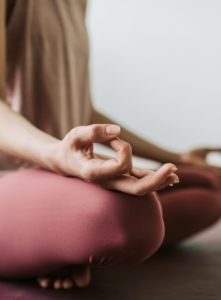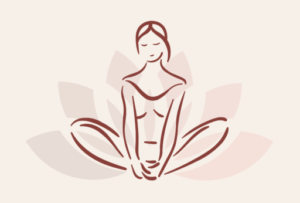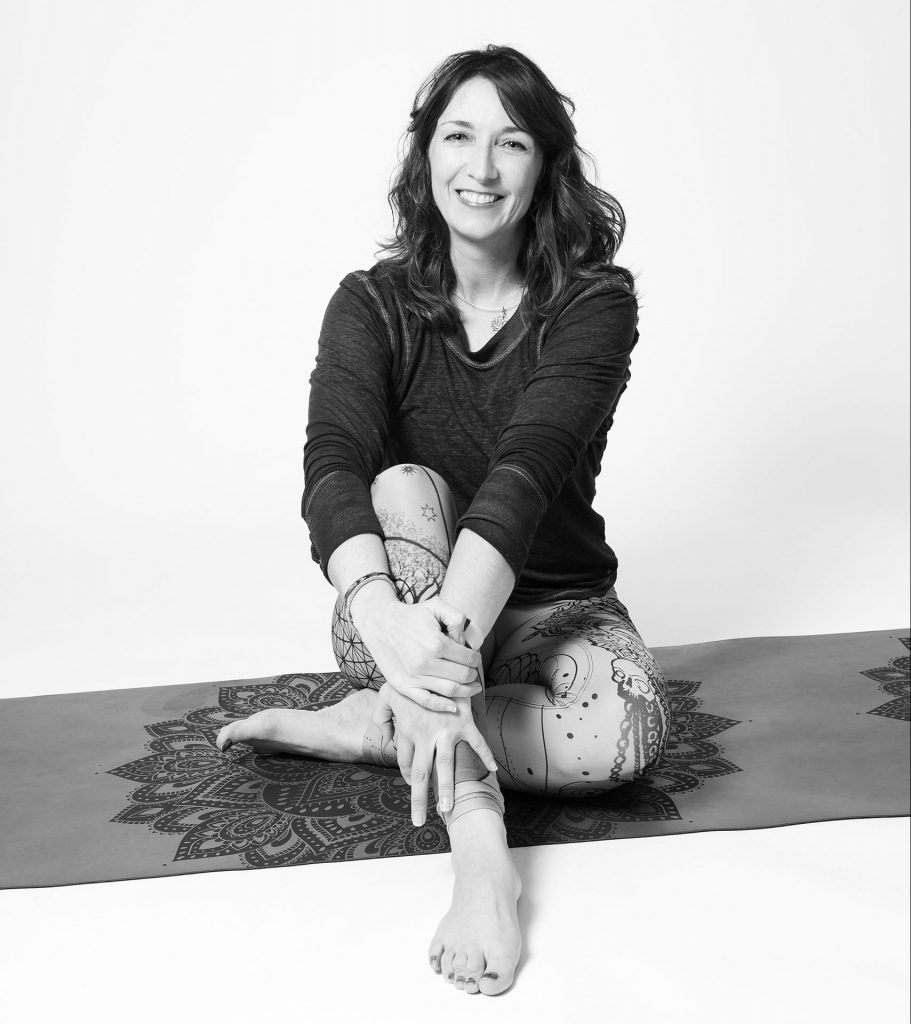Yoga offers a variety of meditation techniques designed to relax the body as well as the mind. When the entire system is at peace and calm, stress is reduced and the body is regenerated. In many cases, positive effects are seen, such as regulation of pain, pulse, as well as blood pressure and a strengthening of the entire immune system.
Meditation helps to build up a certain resistance to the demands of everyday life and to deal sensibly with stressors and one’s own resources. Workshops and retreats enable a conscious time-out from everyday life to let go of tension, restlessness and stress and to take care of one’s own health and well-being.
I teach in small groups with a maximum of 10 participants per lesson in Umiken, Baden and Zurich. Click here for courses & prices
Information about the types of yoga I teach:
BASICALLY
Every person is different, has different needs, physical and mental possibilities. What is good for you may not be right for the person next to you. What is right in the morning may not be right in the evening.
Yoga can be practised even with physical limitations and at any age. With a chair, a cushion or a blanket, any asana can be adapted.
HATHA YOGA
This approach to yoga is often referred to as “the powerful way” and involves the practice of postures and breathing techniques. Hatha Yoga aims to achieve harmony and balance in body, mind and spirit. You are gently guided into the individual asanas. In my classes I place more emphasis on the correct execution of the asanas than on the flow from one posture to the next.
YIN YOGA
Yin stands for calmness, femininity and softness. The focus of this type of yoga is on discovering one’s own body and feeling intensely into oneself in the here and now. Although the asanas are held in a relatively comfortable position for the body, holding them for long periods of time, usually between 3 and 5 minutes, can be physically and mentally challenging. Yin yoga practice offers the opportunity to look intensively into oneself and to surrender to one’s emotions.
Holding the asanas for longer allows you to sink into the posture bit by bit. This increases the flexibility of the muscles, fascia, connective tissue and ligaments in the body, so that tension can be relieved or completely released, harmonising the flow of chi.
YIN YANG YOGA
Combines dynamic yoga (yang) with calm, meditative yoga (yin). The two styles complement each other and bring you back into balance. I transfer this principle to the yoga classes and thus create balance and harmony between activity and rest, between tension and relaxation, doing and being in body, mind and soul.
FEMININE YOGA
We focus on the pelvic and heart areas. Gentle flows, many circular and intuitive movements that relax your belly and pelvis, breathing exercises, meditations and holding yin positions await you. We put aside the idea of performance and remain mindful of and with ourselves. With Feminine Yoga I would like to address women who are slowly approaching the menopause, or have already left it behind and support them in bringing their hormone balance into equilibrium and keeping it there – ideal for increasing overall wellbeing and reducing stress.
RESTORATIVE YOGA
When practising Restorative Yoga, the emphasis is on letting go. With practical yoga aids, you can linger long and comfortably in the asanas and concentrate undisturbed on yourself. Softly bedded on cushions, blankets or yoga blocks, the asanas are held for 5 – 10 minutes. Restorative yoga is wellness for your body and mind. The stressful everyday life, burdensome thoughts and other stress factors fade away during the passive exercises and move more and more into the background. By staying in the yoga postures for a long time, the muscles relax intensively, circling thoughts dissolve and the heartbeat slows down. If Restorative Yoga is practised regularly, sleep can also improve permanently and you wake up refreshed in the morning.
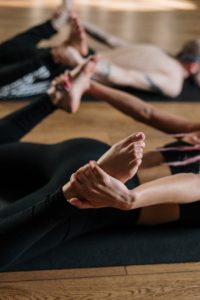
PRANAYAMA
Pranayama is the practice of regulating the breath. It is a main component of yoga, a practice for physical and mental well-being. In Sanskrit, “prana” means life energy and “yama” means control.
The aim of pranayama is to connect body and mind. It also oxygenates the body while removing toxins. This is said to bring healing physiological benefits.
The benefits of pranayama have been widely researched.
According to scientific studies, pranayama can benefit health in many ways.
- Reduces stress
- Improves sleep quality
- Increases mindfulness
- Reduces high blood pressure
- Improves lung function
- Improves cognitive performance
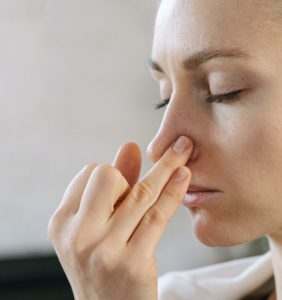
MEDITATION
Meditation is about focusing or clearing the mind through a combination of mental and physical techniques.
We focus on the physical sensations felt throughout the body. We practice mindfulness by being aware of what is happening in the moment, rather than letting the mind wander and worrying about the past or the future. We meditate to relax, reduce anxiety and stress and much more.
